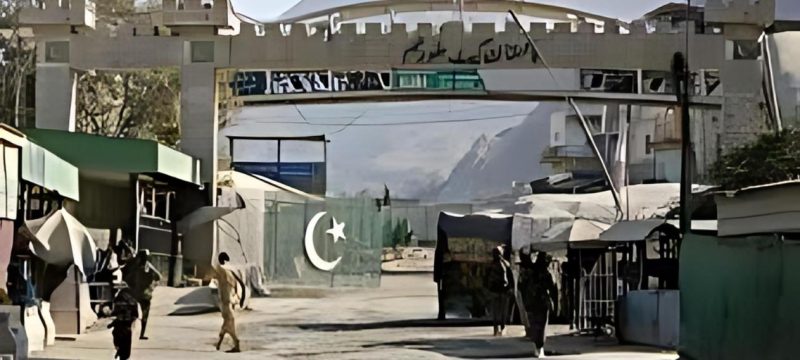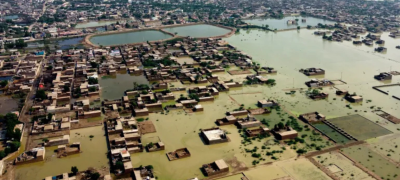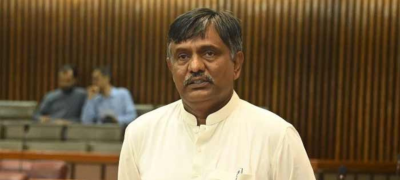For weeks, Pakistani and Afghan forces have been locked in fierce clashes along the Durand Line, the contentious frontier demarcated by the British Empire in the 19th century. The ongoing violence, which has claimed dozens of military and civilian lives on both sides, underscores the deepening mistrust between Islamabad and the Taliban-led government in Kabul.
A Frontier Dividing Pashtun Lands
The Durand Line, stretching nearly 2,600 kilometers, was established in 1893 by an agreement between Sir Mortimer Durand of British India and Amir Abdur Rahman Khan of Afghanistan. The boundary divided ethnic Pashtun tribes, many of whom continue to live across both sides of the border — a division that has never been formally recognized by successive Afghan governments, including the Taliban.
For decades, the line has been a source of political friction and cross-border militancy. However, tensions have escalated dramatically in recent months, marking one of the most volatile episodes since the Taliban returned to power in August 2021.
Clashes and Airstrikes Escalate Violence
According to official sources and local media, dozens of soldiers and civilians have been killed in cross-border exchanges this month. Pakistani security officials allege that Afghan border forces initiated attacks near the Torkham and Spin Boldak crossings, key trade routes linking the two countries.
In response, Pakistan launched a series of airstrikes two weeks ago, targeting what it described as “militant hideouts” inside Afghan territory. The strikes hit areas near Khost, Paktika, and Nangarhar provinces, triggering condemnation from Kabul and raising fears of a wider regional conflict.
Afghan officials have accused Pakistan of violating sovereignty, while Pakistan maintains that militant groups operating from Afghan soil — including Tehrik-i-Taliban Pakistan (TTP) — have carried out repeated attacks on its border posts and civilian areas.
The Taliban’s Defiance
Amid attempts to negotiate a ceasefire, the Taliban government has intensified its public challenge to the legitimacy of the Durand Line. Senior Afghan officials have reiterated that Kabul does not recognize the border as a lawful international boundary.
“The so-called Durand Line is a colonial-era imposition that divided our people,” an Afghan government spokesperson told local media. “Afghanistan will not accept it as a legitimate border.”
This stance directly confronts Pakistan’s long-standing position that the Durand Line is a settled and internationally recognized boundary — a view shared by most global powers, including the United States and the United Nations.
Humanitarian and Economic Fallout
The conflict has already begun to affect border communities. Trade and transit routes have been disrupted, leading to shortages of essential goods in Afghan border provinces. Thousands of civilians have fled the conflict zones, and both sides have reportedly reinforced their military presence along key checkpoints.
Humanitarian organizations have warned that continued hostilities could worsen the region’s fragile economic and security conditions, particularly as Afghanistan struggles with food insecurity and Pakistan faces economic strain.
Diplomatic Efforts Underway
In recent days, diplomatic channels between Islamabad and Kabul have reopened, with Qatar and China reportedly playing quiet mediating roles. Both countries are urging restraint and seeking a bilateral mechanism to manage future border incidents.
Analysts note that while neither Pakistan nor Afghanistan wants a full-scale war, the political symbolism of the Durand Line makes it difficult for either government to appear conciliatory.
“Pakistan sees the border as sacrosanct, while for the Taliban, rejecting it plays to nationalist and tribal sentiments,” said a regional security analyst based in Islamabad. “This is as much about identity and sovereignty as it is about security.”
A Fragile Peace Ahead
As talks continue, the prospects for a lasting ceasefire remain uncertain. The border, once a porous frontier of trade and tribal movement, is now a militarized zone reflecting the broader collapse of trust between two neighboring states bound by geography, ethnicity, and a shared — yet divided — history.
Until both sides reach a mutual understanding, the Durand Line will remain not just a border — but a flashpoint of unresolved colonial legacy, modern geopolitics, and regional instability.
In other news also read about Pakistan, Afghan Taliban Begin Second Round of Talks in Türkiye Today









